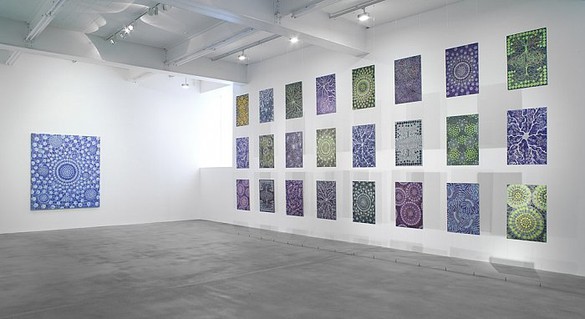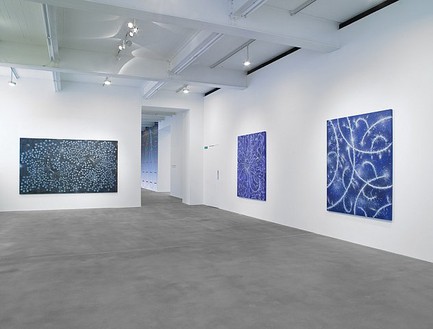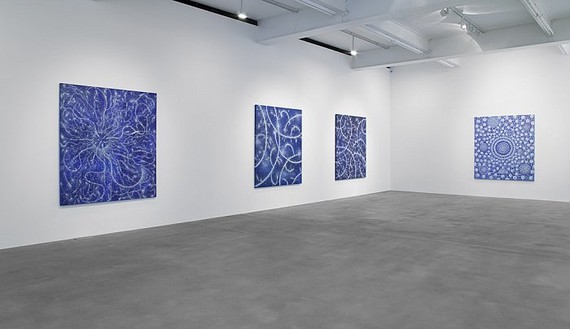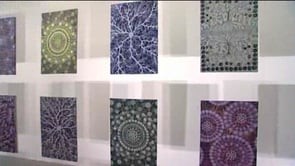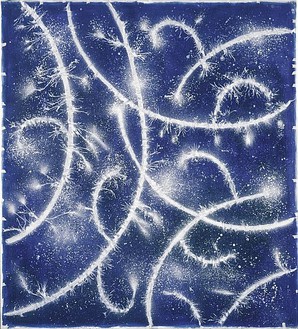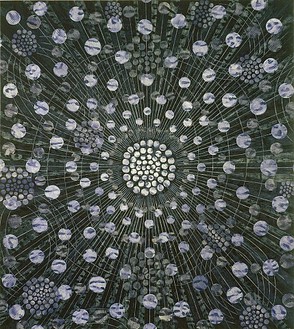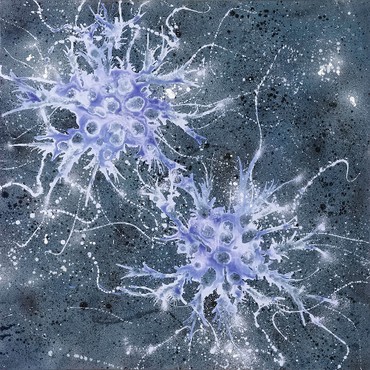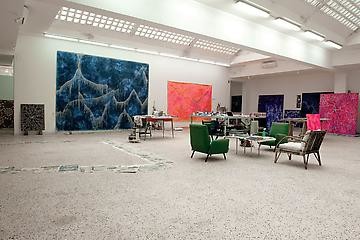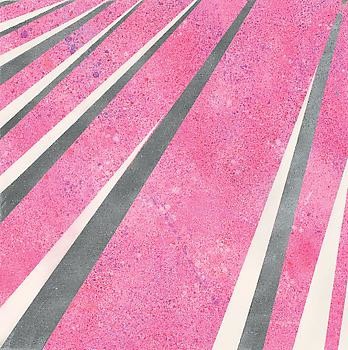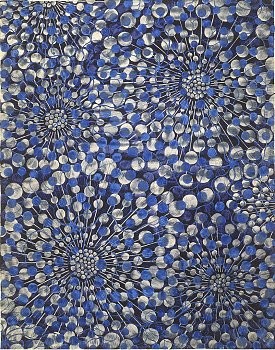About
Gagosian Gallery is pleased to announce an exhibition of new paintings and works on paper by Alberto Di Fabio.
Di Fabio's work merges the worlds of art and science with themes of biology, ecology and nature. This particular series of works explores structures of the human body and brain. Large-scale paintings pulsate with colourful organic shapes. The images are microscopic in their focus, implying biological diagrams, cellular structures, flora, eco systems, and pharmacological research. Di Fabio creates abstract paintings by overlapping layers of images abstracted from scientific and medical references and his own reflections, enlarging the particulars and adding details. His works on paper continue his dedication to organic form, subject, and process.
Vortices has a dual meaning here, referring both to the spinning, turbulent flow that swirls strongly around a center, and to the early twentieth century British art group – which included Wyndham Lewis, Ezra Pound, James Joyce and T.S. Eliot, as well as the French sculptor Gaudier-Brzeska— who set out to liberate Britain from the legacy of the past and obliterate all traces of the Victorian era by placing the machine age at the centre of their work. Di Fabio observes how the human mind's capacity for information seems amplified due to the increasing means of communications that saturate our daily lives, and he invites us to reconsider the body in its most essential functions - posing questions about science and aesthetic, life and art.
Alberto Di Fabio was born in Avezzano in 1966 and studied at the Academia delle Belle Arti, Rome. He has exhibited internationally, including the Beijing International Art Biennale (2005), Insomnia, Galleria Pack, Milan (2007) and Umberto Di Marino Arte Contemporanea, Napoli, Italy (2007). DiFabio lives and works in Rome.
A fully illustrated catalogue, with an essay by freelance art critic and writer, Alan Jones, will accompany this exhibition.

